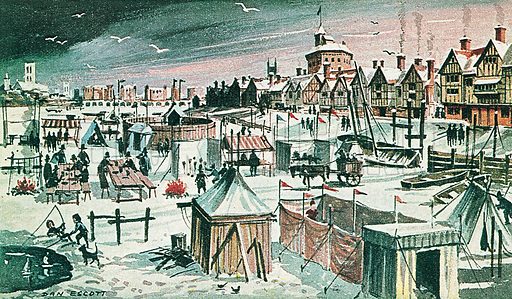Forget freezers and canned goods. We live in an era where robots can bring food right to your table and your fridge can keep inventory and let you know when you run out of milk. We add preservatives to food to keep it shelf stable for longer, and we don’t feel as dependent on the seasons to keep our favorite dishes readily available. When you consider how much we have, it can be difficult to imagine what our ancestors simply went without, much less what they had to do in order to keep food fresh and bellies full during the long winter months. It took careful planning, reliance on farming techniques, and developing food preservation skills to make sure the family could count on a meal.
Bitter Winds
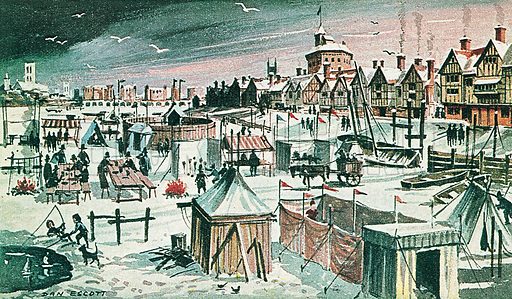

Sixteenth-century England was by no means a cheerful winter landscape like one might find on a postcard. Winter was long, cold, and often severe enough that the Thames was recorded as sturdy for a horse and cart to traverse safely. Perhaps not so surprising, considering that the world was experiencing a ‘Little Ice Age’ from around 1300 to 1850, resulting in the average global temperature dropping by 3.6°F in Europe and North America. Frostbite and death from the cold were not uncommon, along with damage caused by ‘stone’ sized hail and winter storms. Severe frost and snow could last from mid-October all the way to late April, making travel and farming difficult if not impossible.
The Tudor Era farmer had to be practical, relying on knowledge from generations of working the land, as well as new farming techniques being implemented from across the nations. They didn’t survive out of sheer luck, but rather a reliance on family and hard work to make it through.
Tudor Farms
In the modern era, we think of Zero Waste as a lifestyle one has to work towards in order to achieve. For the 16th-century peasants, it was simply a way of life. Agriculture was a dominant industry during the Tudor era. As much as 90% of the population lived in rural farming communities, their work limited by the daylight hours of dawn and dusk. Everyone and everything on the farm had to serve a purpose, often more than one. The smart farmer and wife had to put in hours of backbreaking labor to make full use of each resource at their disposal.
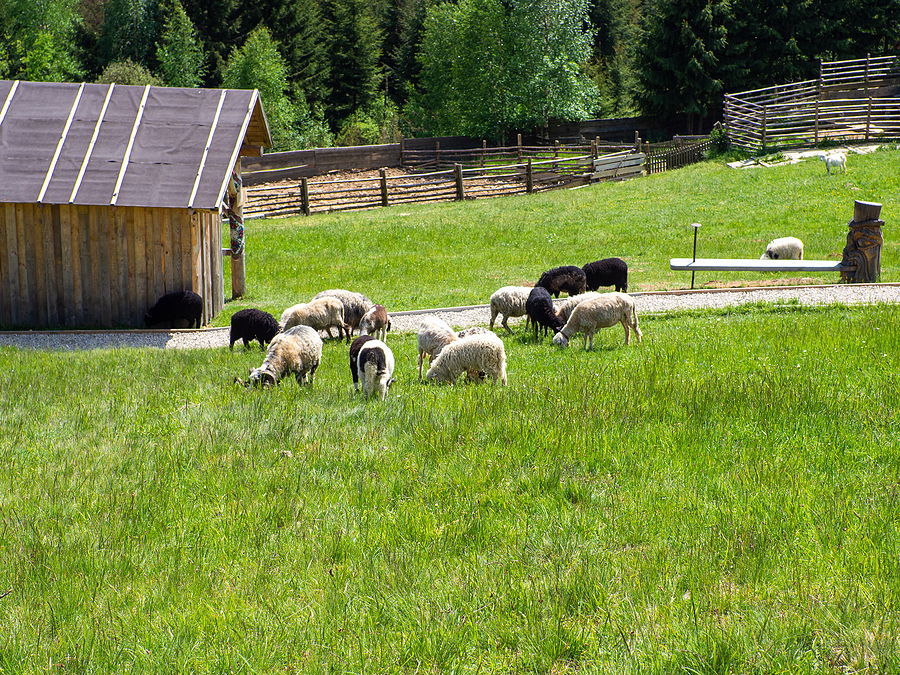

A stable farm needed to diversify in order to remain as such. Sheep were common livestock, with wool being a profitable source of money and sheep’s milk being a nutritious source of food. Pigs were also kept as one could turn kitchen scraps into salted pork with a little patience. In fact, it wasn’t entirely uncommon for a working man to receive a pig as part of his wages. Chickens and geese were good to have, both because they didn’t take up much room and for the eggs and the meat they provided. This was also the time in which the turkey first made its appearance in the Tudor diet. Cattle were kept, though for the most part, they were utilized for farm labor as opposed to meat and leather. Beekeeping was a widely practiced means of sustaining the farm, as the honey and wax they produced were quite valuable and could even add a little coin to the household income.
Farmland often included cereal crops such as barley and wheat, along with smaller plots devoted to pulses (peas and beans), root vegetables like radishes and turnips, and leafy vegetation like cabbage, kale, spinach, and lettuce. Most Tudor homes kept an herb garden with parsley, sage, rosemary, basil, thyme, and dill to add flavor.
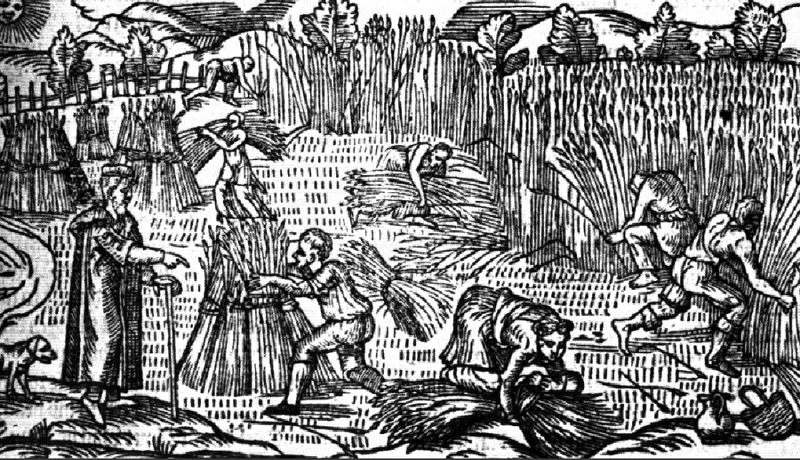

Foraging
The average peasant practiced farming and foraging in equal measure, though they often had to be cautious about where they went looking. Sumptuary laws along with land ownership created restrictions on what the average peasant could get their hands on, and poaching was punishable by everything from having your hands cut off to death by hanging. But the hardy 16th-century peasant was not utterly without resources. Some animals were accessible to the Tudor peasants, such as rabbits, squirrels, pheasants, and badgers. But larger game, such as elk and boar, was reserved for those of greater means. Dandelion, nettle, acorns, wild garlic, burdock, wild berries, mushrooms, apples, and more were available in deliberately maintained ‘hedgerows’ as areas for wild growth and valuable foraging resources to develop.
Preservation
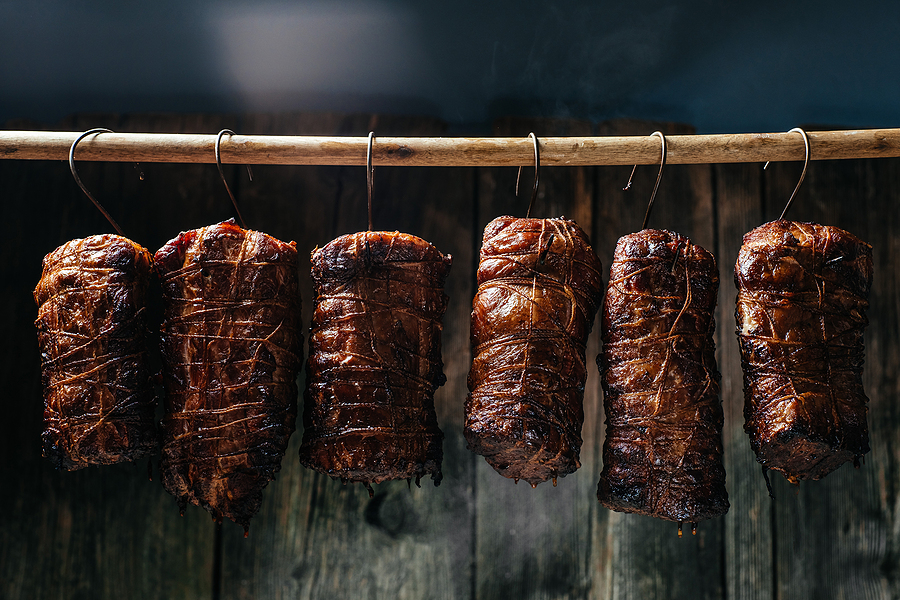

With all this time and effort invested in growing and maintaining the food, one wouldn’t want to waste a bite of it by failing to properly preserve their larder. It wasn’t just a matter of getting as much food as possible, but a challenge of providing the variety necessary to maintain a reasonably steady diet. The Tudors were not utterly ignorant of the perils of going without the proper staples for long. They also took a certain joy in good food when it could be managed, even for the peasantry, and the comfort it provided on cold, dark winter nights.
Preserving food was its own challenge, as one’s ability to keep the larder full might differ greatly depending upon the harvest and the economy. Salt was by far the most necessary ingredient to the Tudor peasants, as it was the most reliable way to keep food from going bad long term.
Every year, farmers would look at their livestock and make the decision of which animals would be kept, which would be bred, and which were destined for the slaughterhouse. Pigs, for example, would be fattened up in the weeks preceding Martinmas (right around Halloween) with acorns, mushrooms, and even fruit to make their meat more delicious. The meat would be packed with salt, and herbs, and air-dried to remove as much moisture as possible and minimize the risk of dangerous bacteria growing. Smoking one’s meat to enforce preservation was also a time-consuming, but worthwhile practice as the methodology hasn’t changed by much in the last five hundred years! The meat would then be hung in a cold room to keep until eating.
Drying herbs is a practice older than recorded history, as it not only preserves the food but often adds to the intensity of the herbs’ flavor. Herbs were also useful in the preservation of other foods, added to brines which were used to pickle vegetables and even fish. It was a cost-effective method, allowing one to keep large quantities of food without expending a great deal of money or effort. Pickled herring was a popular dish during this time, as was sauerkraut and pickled cucumbers. Fruit was often preserved by submerging it in honey, as this golden syrup was cheaper to acquire than expensive, imported sugar. Jams and marmalades were a time-honored method of keeping fruit long-term. Pears and apples, which were hardier, denser fruit than what we think of today, were stored in layers of straw to allow for aeration and turned every so often to prevent collecting moisture.
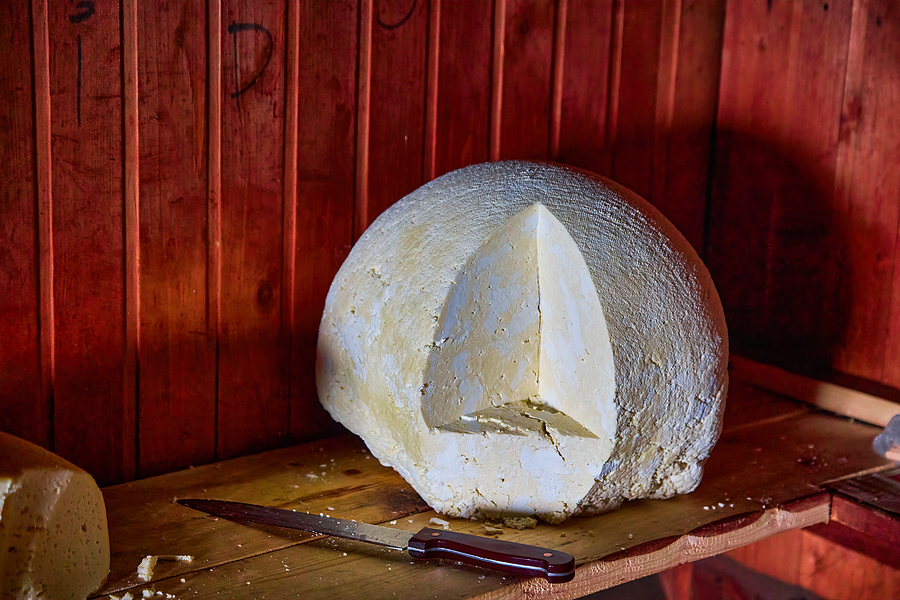

Keeping butter and cheese from going rancid during the long winter months was of utmost importance, as these staples offered much-needed protein to a peasant’s diet. The cheese was made by collecting milk from sheep, cows, and goats, then placed in a pan and left to settle overnight. Some homes even had a room specifically dedicated to this task, cleverly located where the room would be shaded all day long, keeping the temperature cool. Overnight, the fat would rise to the surface of the pan and the bacteria necessary for cheese would begin to cultivate. In the morning, the fat would be skimmed off the top and turned into rich decedent butter or cream cheese. The remaining milk was mixed with rennet, (enzymes produced in the stomach of animals) to separate it into curds and whey. When the milk clotted into curds, it was broken up by hand and gathered into a cloth where it could be hung to dry. The curds would be broken up again, salted, and then pressed into a cheese mould. Once it had dried out enough, the cheese would be covered in butter or lard to form a seal around the precious contents and then wrapped in cheesecloth to store them.
Imagine trying to prepare a Thanksgiving feast knowing that it would take all year to ensure you had enough food to host such an occasion. Some of us might find that easy enough to see. Now imagine knowing you would be involved in every step of the preparation, from raising the turkey to digging the sweet potatoes out of the dirt. Now add onto that having to ensure every single bit of the preservation has to go smoothly otherwise you may open your larder on Thanksgiving morning to find the cornbread has gone moldy and the cranberries are rotten!
It’s easy to romanticize the perceived simplicity of bygone years, but upon reflection and a bit of research, it’s easy to see that there was nothing simple about the life of a Tudor peasant. Every waking moment was dedicated to survival, providing not only for the self but one’s family and community. They had to be canny with every resource at their disposal, finding clever ways to expand their daily diet and still leave enough to pack the larder for the winter months. While they may not have fully understood the science behind their methods, they knew what worked. And their steadfast determination to survive is worthy of admiration.
